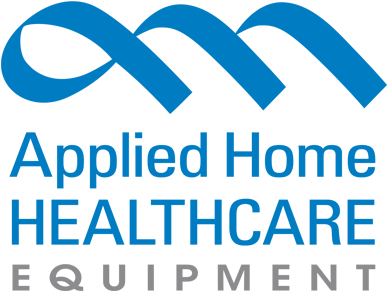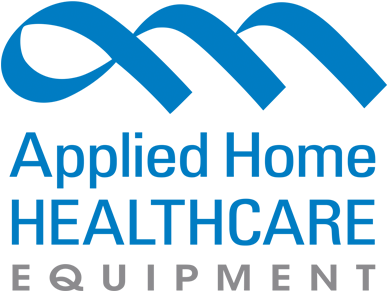PRODUCT CATEGORIES
CLASSES/REGISTRATION
WHAT'S YOUR ROLE?
Oxygen Cylinder Safety and DOT Update After Hurricane Helene
In the aftermath of Hurricane Helene, businesses and healthcare facilities are facing the urgent need to clean contaminated oxygen cylinders. Exposure to floodwater, debris, and chemicals can make these cylinders unsafe. Proper cleaning is essential to restore their safety and functionality.
Why the CGA P-83 Document Matters
The CGA P-83 document provides detailed, industry-standard instructions on how to properly clean and restore contaminated oxygen cylinders. Adhering to these guidelines ensures that your cylinders remain safe for use following disasters like Hurricane Helene.
Key Steps for Cleaning Contaminated Oxygen Cylinders
1. Assess for Damage
Before cleaning, check for any visible damage. If the cylinder shows cracks or wear, do not use it.
2. Isolate Contaminated Cylinders
Separate affected cylinders to prevent cross-contamination. Always handle them with gloves and masks for safety.
3. Use Approved Cleaning Agents
Clean cylinders with CGA-approved products like mild detergents and non-abrasive cleaners. Soapy water is often effective for cleaning the exterior of cylinders. Safe disinfectants include hydrogen peroxide or isopropyl alcohol, which are gentle yet effective. Always refer to the P-83 document for approved agents and specific guidance.
Avoid using the following products:
- Bleach: It can cause corrosion, especially if not fully rinsed.
- Ammonia: May leave harmful residues that can react with oxygen.
- Abrasive cleaners or scouring pads: These can damage the surface of the cylinder, leading to long-term deterioration.
4. Thoroughly Rinse and Dry
After using cleaning agents, rinse the cylinders thoroughly with clean water to remove all cleaning residue. It's essential to dry the cylinders completely—any moisture left behind can cause rust or corrosion.
DOT Update: Emergency Order for North Carolina
The Department of Transportation issued Executive Order 315 to ease transportation restrictions, especially for emergency medical supplies like oxygen cylinders. Stay informed on these updates to ensure timely and safe transport of your equipment.
Keep Safety a Priority
Proper cleaning and adherence to DOT guidelines are essential for restoring oxygen cylinders safely after Hurricane Helene. Following the steps outlined in the CGA P-83 document ensures your equipment remains safe and reliable for future use.
You Might Also Like
Subscribe to our Newsletter
Get the latest regulatory info, accreditation news and exclusive discounts!
 View Cart []
View Cart []
